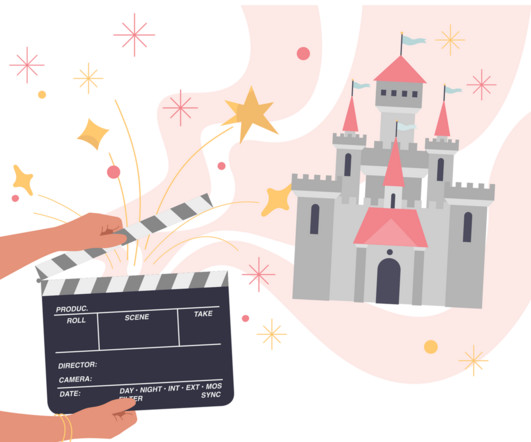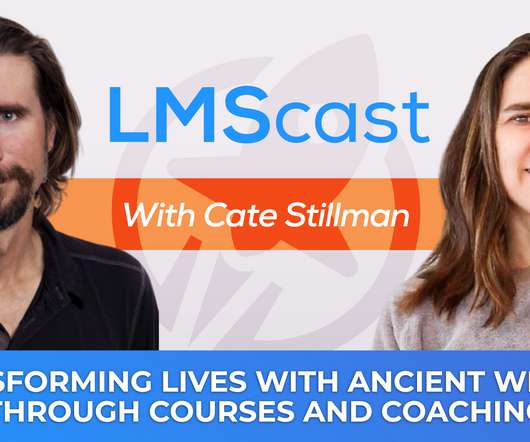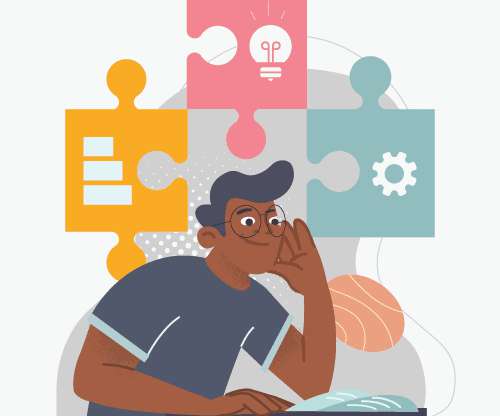Cognitive Bias in Education: the Pygmalion Effect
KnowledgeOne
JULY 29, 2020
These erroneous judgments are called cognitive biases, and some 250 different ones are known to date. According to developmental psychologist and neuroscientist Olivier Houdé, the way to do this is to develop “cognitive resistance” or “learning to think against oneself” (see The 3 speeds of thought ).








































Let's personalize your content